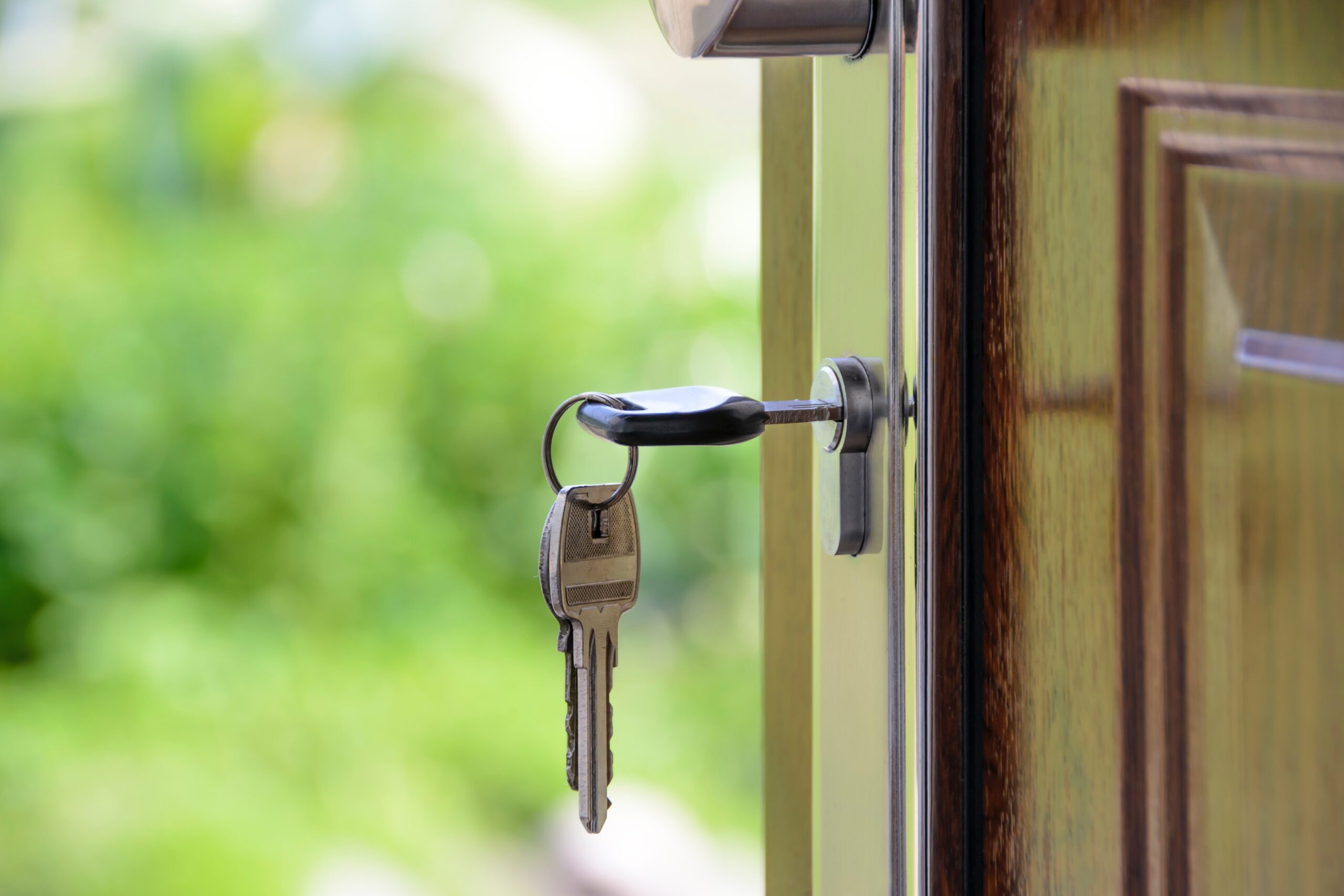
by Keisha Ray, PhD
One of the social determinants of health is housing. Although in my work I discuss all of the social determinants of health, I tend to focus on the importance of housing because where we live, our zip code, with whom we live, the country, state, and city we live in can tell us a lot about people’s access to healthy food, recreation areas, clean water and air, and public transportation. Where a person lives can also tell us about their proximity to crime, environmental toxins (e.g. landfills, etc), which are all social determinants of health. Housing is an important determinant of health in its own right but it also tells us about people’s access to other determinants of health.
In the current COVID-19 pandemic the importance of housing became even more evident. We were confined to our homes for long periods of time because they were safer than being in public areas. Also, in many cases people didn’t have a choice as schools moved to online instruction and many people had to work from home. We did everything at home from work to entertainment. But our homes also determined how well we could control COVID-19 infections. Being able to isolate from other people in the household who became infected became essential to the virus not running rampant among households. People with high risk jobs like health care professionals often made their garages their new home so they could isolate from family members and not infect them with COVID-19.
But with the pandemic came job loss and many people found it difficult to pay their rent and mortgages. In particular Black and Latinx women faced the most joblessness due to the pandemic. Since housing is vital to ending a pandemic, during the Trump presidency the Centers for Disease Control and Prevention (CDC) issued a federal eviction moratorium. Since September 2020 the CDC banned most evictions. President Biden extended the order through April 2021 and then it was extended until June 30, 2021. But today, May 5, 2021, a federal judge struck down the order saying that the CDC overstepped its authority.
In January 2021 some 10 million Americans were struggling to pay their rent. About 7 million more were unable to pay their mortgages. Pandemic relief did include money for housing meant to be sent to individuals struggling but many people never received their payments or in some cases the money went directly to landlords to cover back rent and renters were still evicted. With this order on eviction ending millions of Americans will be without an essential component of health-safe housing. And the people who will suffer the most are the poor, and women of color and their families.
Women of color, including Asians, Latinx, and Black women are more likely to be behind on rent when compared to White men and women. In particular, Black women are 2 times more likely than White men to be behind on rent. Among homeowners, Latinx women (19.1%), Black women (14.5%), and Asian women (14.4) were more likely than White men (6.7%) to be behind on their mortgage payments. Similarly, the number people with mortgages and renters with children who could not afford to pay for their housing were disproportionately women of color.
Ending eviction protections during a pandemic disproportionately affects Black, Asian, and Latinx women. It is an example of institutional racism and structural racism and sexism because it allows for the implementation of racist and sexist policies and compounds the effects of racism and sexism that women of color already face, especially during a pandemic. In general, women of color have lower incomes than White men. And during the pandemic women of all races, but more so women of color have been disproportionately pushed out of the workforce either because they lost their jobs or they had to stay home and care for children and other family members. Many women of color are a part of populations with higher rates of COVID-19 infections, hospitalizations, and deaths. Many women of color had higher risk of infection than others because they were labeled essential workers and worked during the pandemic so that the rest of society could function with some sense of ease. COVID-19 has also made women of color more vulnerable to food insecurity, on top of already disproportionate rates of food insecurity and the pandemic has subjected women to higher rates of intimate partner violence.
Ending the eviction protections makes a bad situation for women of color even worse. It takes away an essential determinant of health that is especially needed during a pandemic when for many (not all) women of color home is a safe haven. For women of color home shields them from racial discrimination, which is also a social determinant of health. With continued racially motivated attacks on Asian people and police killings of Black people, homes can offer protection and ease of mind. But with eviction protections ending, this sense of safety the home can offer is in jeopardy for many women of color.
The U.S. Justice Department is appealing the judge’s decision and hopefully it is successful because ending an eviction ban during a pandemic is a special type of cruelty that targets women of color. It creates another institutional barrier to proper health for women of color, a group already marginalized in America.